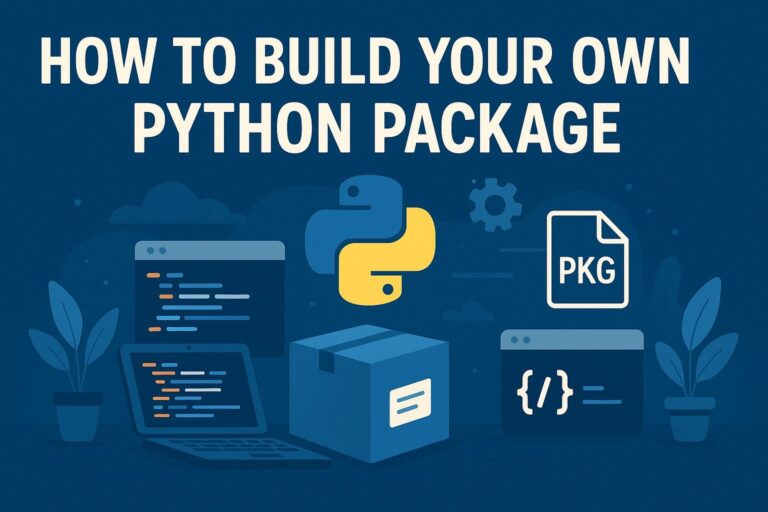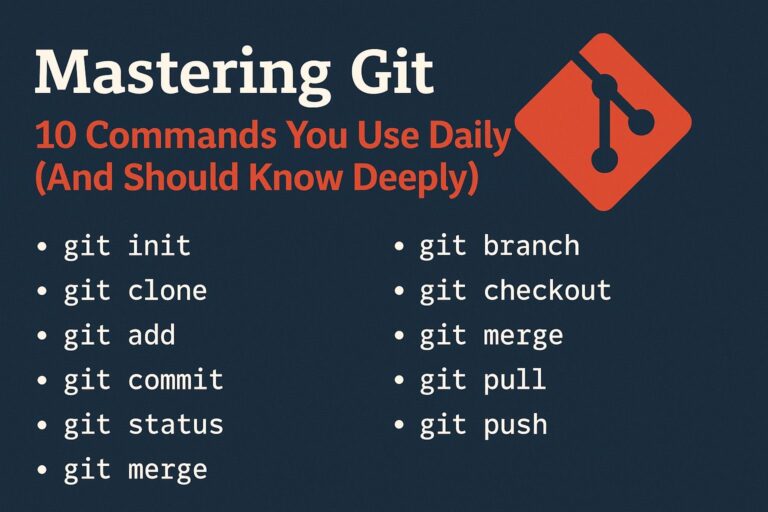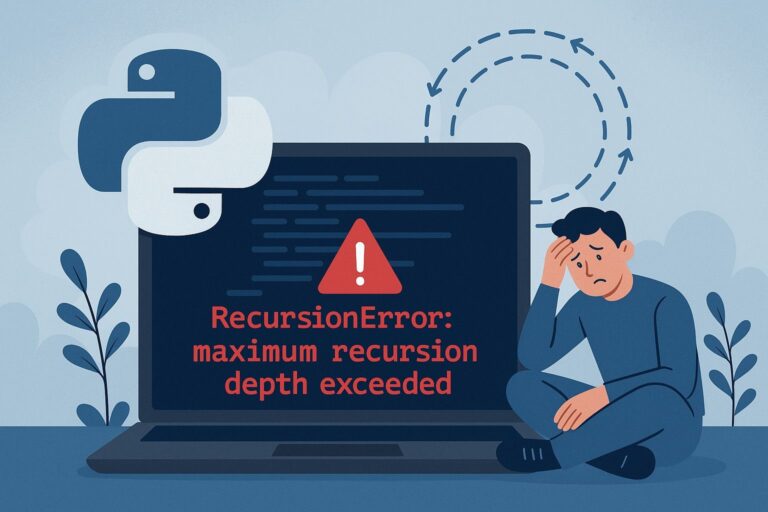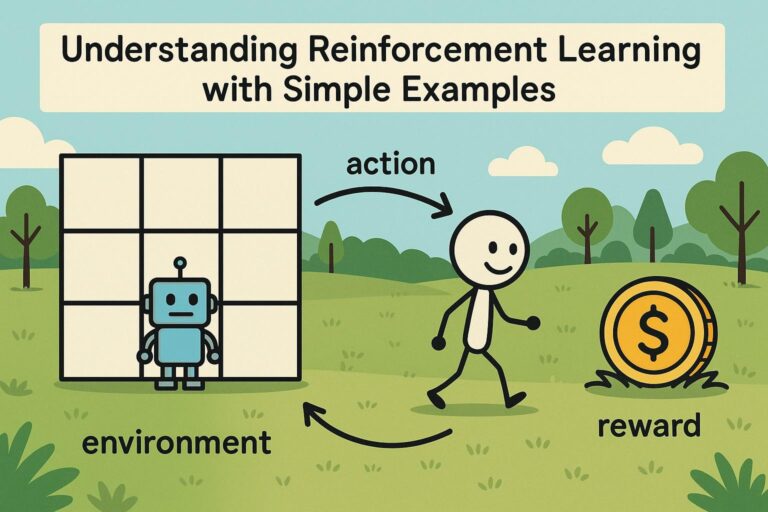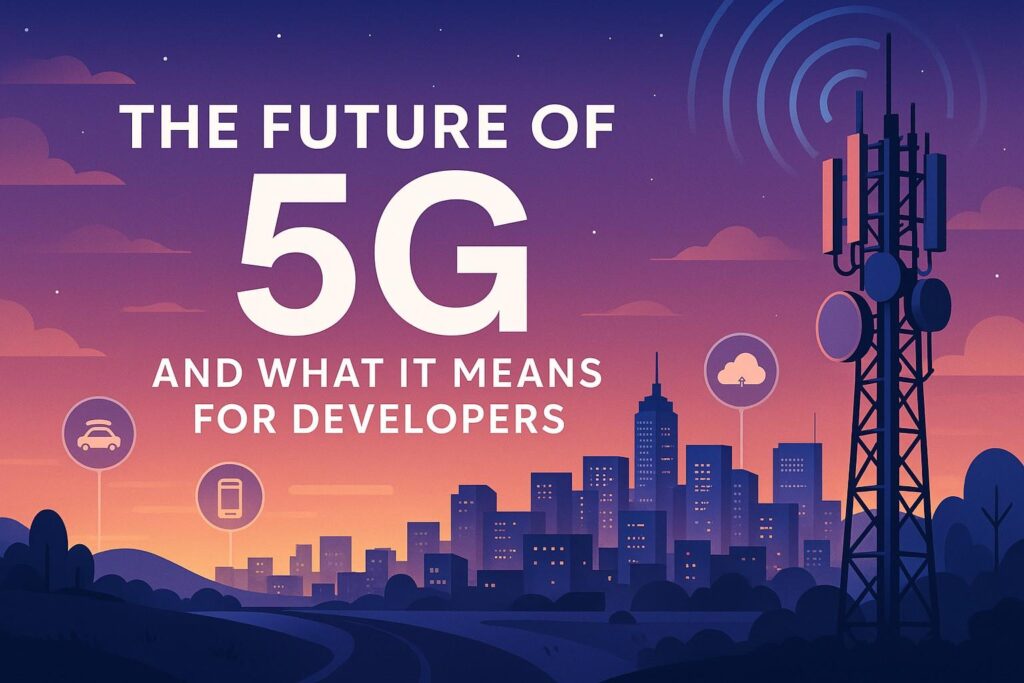
The arrival of 5G—fifth-generation wireless technology—is not just a boost in speed; it’s a foundational shift in how we build and experience digital systems. With unprecedented bandwidth, ultra-low latency, and the ability to connect massive numbers of devices simultaneously, 5G is set to unlock innovations across nearly every sector.
For developers, this transformation brings both immense opportunity and new technical expectations. In this comprehensive guide, we explore the core features of 5G, its impact on software development, industry-specific use cases, and the evolving skills and strategies developers will need.
What Is 5G?
5G stands for the fifth generation of mobile communication technology. It is the successor to 4G LTE and brings a significant improvement in wireless communication by enabling:
- Higher data transfer rates
- Lower latency
- Greater reliability
- Support for a higher density of devices
- Network flexibility and programmability
These advancements are made possible through a combination of technologies such as millimeter waves, massive MIMO (multiple input, multiple output), beamforming, and network slicing.
Key Capabilities of 5G
1. High-Speed Data Transmission
5G offers theoretical peak speeds of up to 10 Gbps. This enables real-time video streaming in ultra-high-definition (4K, 8K), accelerated downloads, and seamless connectivity.
2. Ultra-Low Latency
With latency as low as 1 millisecond, 5G facilitates time-sensitive applications such as robotic surgery, autonomous vehicles, and live financial trading.
3. Massive Device Connectivity
5G can support over 1 million connected devices per square kilometer, making it ideal for IoT ecosystems like smart cities, industrial automation, and connected homes.
4. Network Slicing
Network slicing allows for the creation of multiple virtual networks on a single physical 5G infrastructure. Each slice can be tailored for different use cases with specific latency, bandwidth, and reliability requirements.
5. Enhanced Reliability and Availability
5G is built to support mission-critical applications with high availability and minimal risk of downtime, which is crucial for public safety, healthcare, and emergency response systems.
How 5G Will Transform Software Development
1. Real-Time, Latency-Sensitive Applications
The ultra-low latency of 5G enables an entirely new class of applications that require instantaneous feedback and synchronization. Developers can build:
- Real-time multiplayer gaming platforms
- Remote-controlled robotics and drones
- Interactive live event broadcasting
- Live telemedicine with zero buffering
- Real-time translation and transcription apps
2. Shift Toward Edge-First Architectures
With the ability to process data closer to the source, edge computing reduces the need to transmit data to centralized cloud servers. This enhances performance and reduces bottlenecks.
Developers will need to:
- Design applications that offload computation to edge nodes
- Implement distributed data storage and caching mechanisms
- Minimize data round trips to central servers
- Use platforms like AWS Wavelength, Azure Stack Edge, and Google Distributed Cloud
3. Scaling Mobile and IoT Solutions
5G allows applications to interact with thousands—or even millions—of devices concurrently. This has direct implications for:
- Smart agriculture platforms with real-time soil, weather, and crop monitoring
- Logistics applications tracking fleets and cargo across geographies
- Remote asset management systems for factories and utilities
- Energy grid optimization with intelligent sensors and controllers
Developers must build scalable backend systems capable of handling concurrent streams of telemetry data, updates, and events.
4. Elevating the AR/VR Experience
5G solves the connectivity bottleneck for AR and VR by enabling remote rendering, low-latency streaming, and multi-user interactivity.
Software teams working on immersive applications will need to:
- Optimize performance for high frame rates and low jitter
- Use real-time spatial data processing
- Integrate 5G with AR SDKs and spatial computing engines
- Develop synchronized multi-user environments for training, collaboration, or entertainment
5. Enabling Smarter Infrastructure
In sectors like urban planning, transportation, and utilities, 5G helps developers create systems that are responsive, data-driven, and context-aware.
Applications include:
- Dynamic traffic light control and route optimization
- Predictive maintenance systems for public infrastructure
- Emergency response coordination with real-time geolocation
- Smart grid energy systems that adapt to usage patterns
Developer-Centric Technical Considerations
Redesigning for New Network Assumptions
Developers used to assume limited bandwidth and high latency. 5G changes these assumptions:
- Less aggressive caching may be needed
- Adaptive bitrate streaming becomes more efficient
- Backend systems must handle high-frequency, high-volume data
Prioritizing Resilience and Offline Support
Despite 5G’s promise, connectivity may still be intermittent due to physical barriers or network congestion. Applications should support:
- Offline data access and sync
- Graceful degradation of features
- Resilient network retry logic
Using Telecom APIs and Network Features
Modern telecom providers now expose APIs that allow developers to program the network itself. Developers can:
- Set latency or priority levels for specific traffic
- Monitor QoS parameters dynamically
- Trigger application logic based on network performance
Skills Developers Should Learn for the 5G Era
- Edge and Fog Computing: Building distributed systems that operate close to the user
- Real-Time Systems: Handling concurrent data streams, time-sensitive events, and low-latency operations
- Security at Scale: Designing for secure communication across millions of devices
- AR/VR Development: Using engines like Unity and Unreal for immersive experience creation
- Cloud-Native Architecture: Utilizing containers, microservices, and orchestration tools like Kubernetes
- Streaming and Event Processing: Mastering Kafka, WebRTC, MQTT, and other protocols for real-time data flows
Industries Poised for 5G Disruption
Healthcare
- Wearable-based continuous monitoring
- Remote diagnostics via high-quality video
- Smart ambulance data streaming before arrival
- Real-time coordination of emergency response
Automotive
- Real-time vehicle-to-vehicle (V2V) and vehicle-to-infrastructure (V2I) communication
- Edge-based AI for autonomous decision making
- Real-time firmware and infotainment updates
Entertainment and Media
- Instant-on video streaming in 8K resolution
- Real-time crowd-based content sharing at events
- Cloud gaming without local hardware constraints
Manufacturing and Supply Chain
- Digital twins of manufacturing processes
- Sensor-driven predictive maintenance
- Autonomous material handling systems
Agriculture
- Precision farming with connected machinery
- Remote monitoring of crops and livestock
- Predictive weather-based planning
Challenges Developers Must Address
- Deployment Gaps: 5G infrastructure is not uniformly available, requiring fallback support for 4G.
- Evolving Standards: Developers must keep pace with changing telecom standards and APIs.
- Security and Privacy: A larger attack surface requires enhanced encryption, authentication, and access control.
- Legacy Integration: Merging modern 5G-enabled services with older systems presents compatibility challenges.
- Energy Consumption: Applications need to balance speed and performance with energy efficiency on edge and IoT devices.
Conclusion
The future of 5G goes beyond faster downloads—it’s about transforming the digital experience across all domains. Developers are positioned at the forefront of this shift, with the ability to create innovative applications that leverage the full potential of ultra-fast, intelligent, and ubiquitous connectivity.
To stay relevant and competitive, developers should invest in learning edge architectures, real-time data systems, and 5G-native development paradigms. The evolution of 5G is not a distant vision—it is happening now, and it will continue to define how applications are conceived, developed, and deployed in the years to come.

I’m Shreyash Mhashilkar, an IT professional who loves building user-friendly, scalable digital solutions. Outside of coding, I enjoy researching new places, learning about different cultures, and exploring how technology shapes the way we live and travel. I share my experiences and discoveries to help others explore new places, cultures, and ideas with curiosity and enthusiasm.

